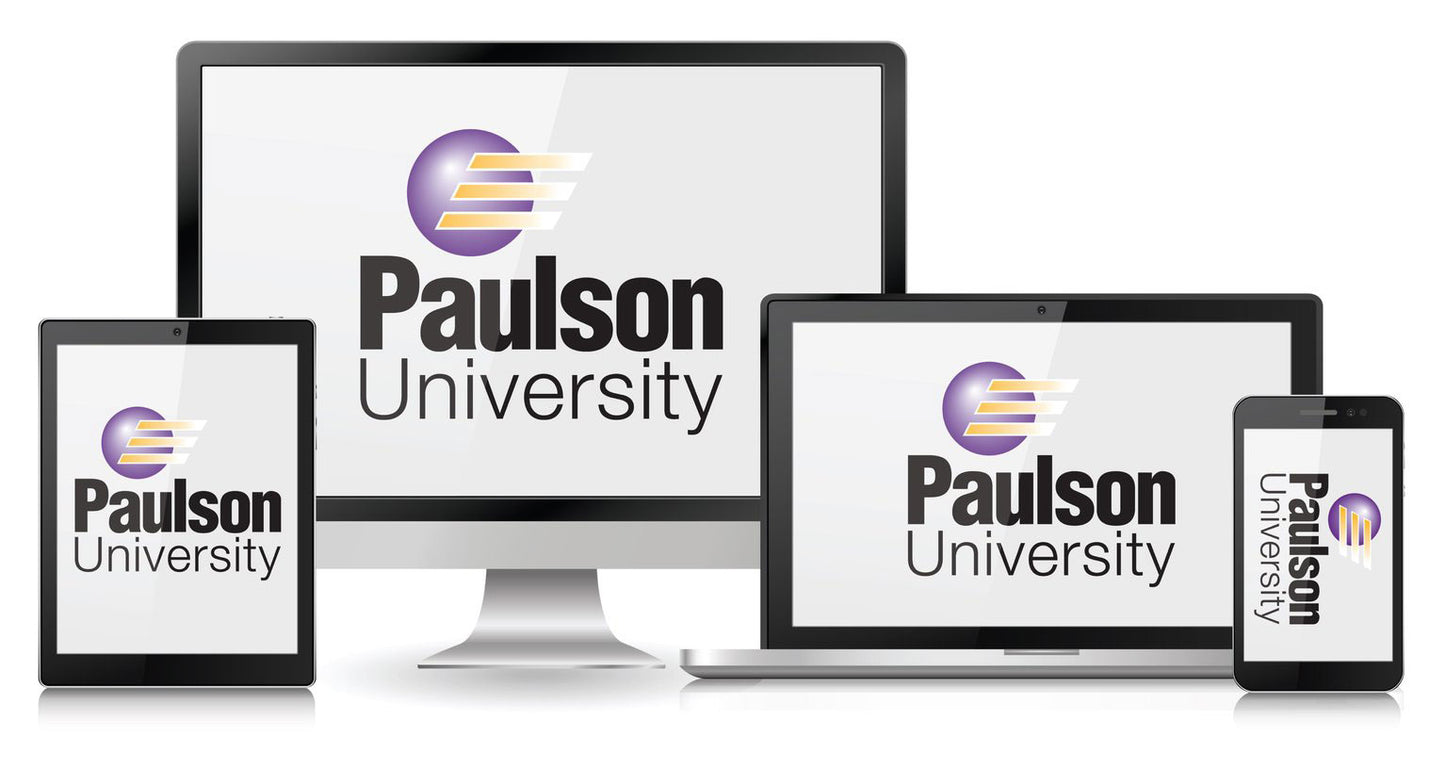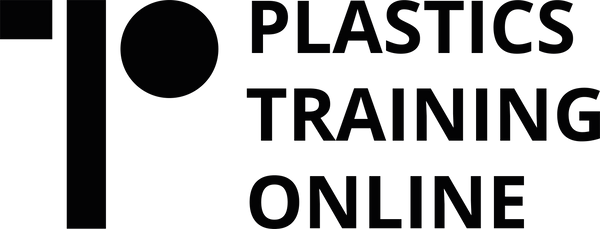The Technology of Injection Moulding - Level Two
The Technology of Injection Moulding - Level Two
Goals of this Course:
-
Paulson’s fully interactive training program explains the relationship between machine controls, plastic behavior and molded part properties in full motion video, text, audio and graphic animation.
Subscribe & Unlock Full Access
Gain immediate access to our library of expert-led training courses, labs, and support.

-
Description:
Goals of this Course:
-
Paulson’s fully interactive training program explains the relationship between machine controls, plastic behavior and molded part properties in full motion video, text, audio and graphic animation.
-
-
Included Courses:
Lesson 1 – Pre-start, Safety, and Setup for a Mold Run
This lesson teaches optimizing pre-start, safety and process control set up procedures involved in improving injection molding machine operations. A review of the injection molding cycle from the “plastic’s point of view” is done, as is the indirect relationship of the machine controls to the molded part properties. The importance of startup checks on machine protection and personnel safety is emphasized. Teaches the effects of the different types of plastic on the molding process, and setting the machine controls at startup. (Includes 2 SkillBuilder™ lessons)
Lesson 2 – Mastering Machine Control Settings
This lesson moves on to additional machine controls and their effects on both the molded parts and overall cycle time. Students will learn how melt temperature is adjusted using barrel zone settings, screw RPM and back pressure. Next, students will learn how to measure the melt temperature and the importance of setting a proper cushion size, melt decompression, screw back distance and screw delay when necessary. (Includes 1 SkillBuilder™ lesson)
Lesson 3 – How to Achieve Maximum Productivity
In this lesson, the focus is on maximizing productivity once a stable process has been achieved. Student will also continue to learn how to adjust machine controls to solve molding problems. Adjusting fill rate to control burn marks, jetting and flash. Velocity-to-pressure transfer (VPT) to eliminate cavity pressure variations; cushion size to minimize melt temperature variations; melt decompression to minimize screw valve wear and drool. Additional controls having specific purposes and effects on the part properties including pack/hold pressures, mold closed time, ramping, and more. (Includes 4 SkillBuilder™ lessons)


